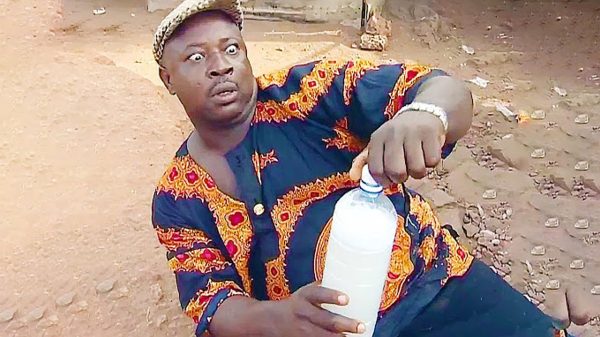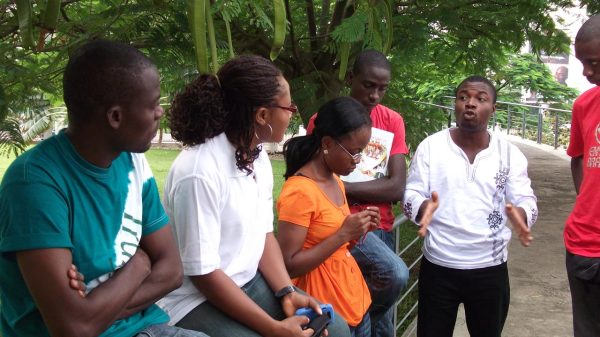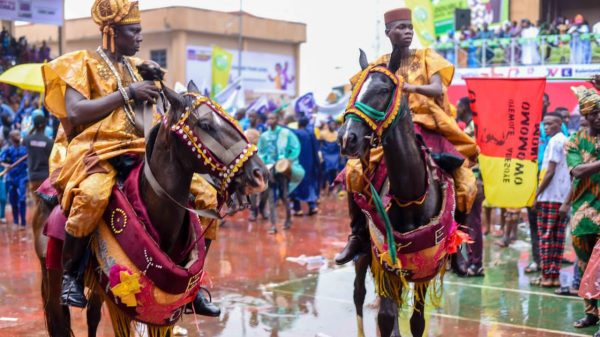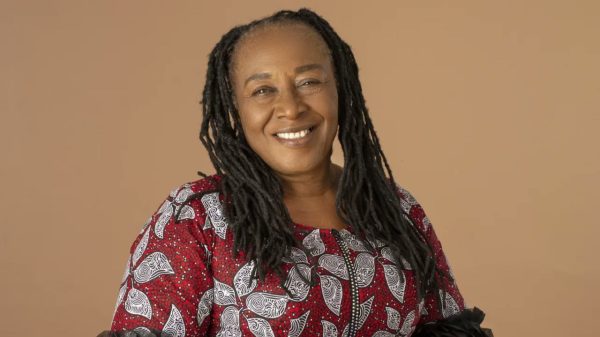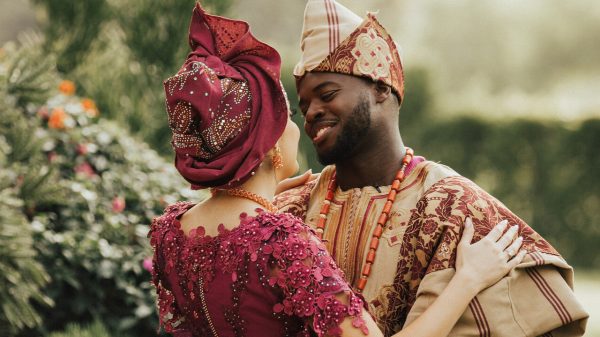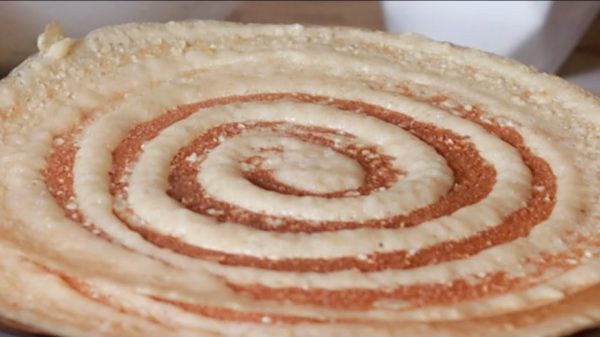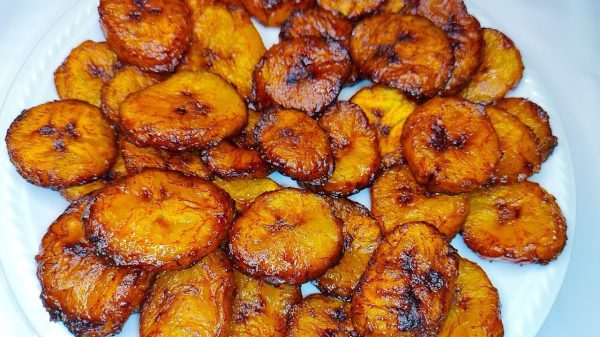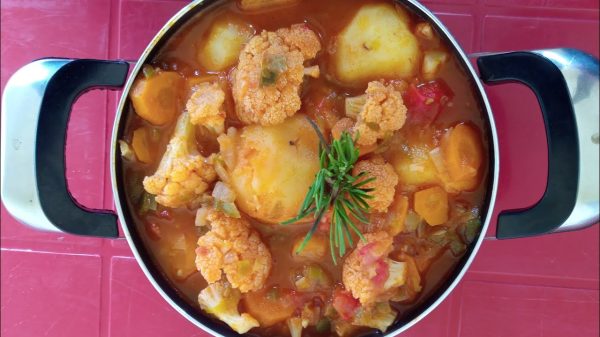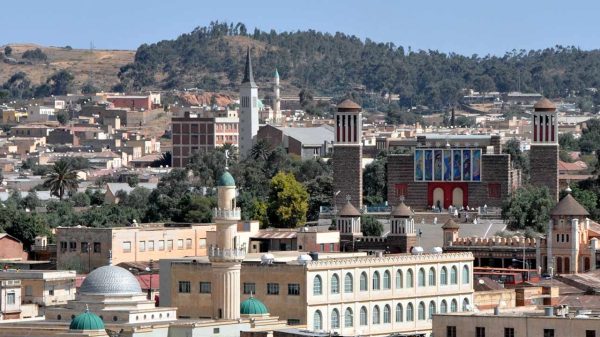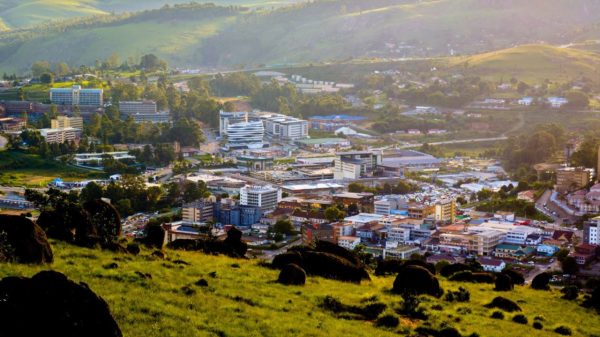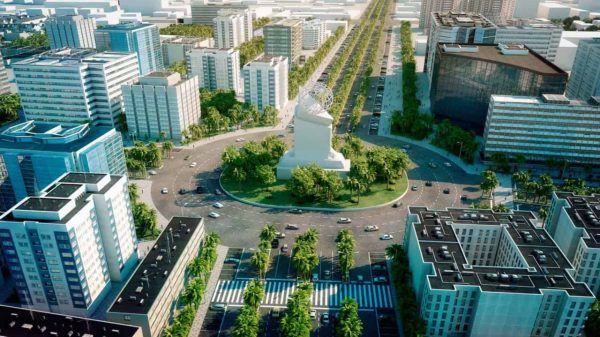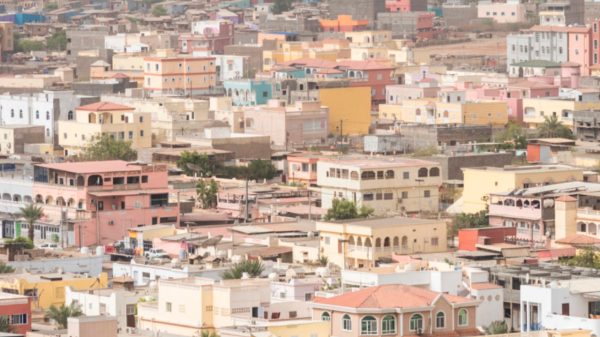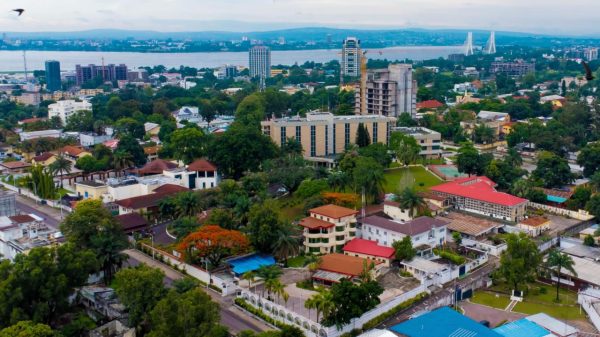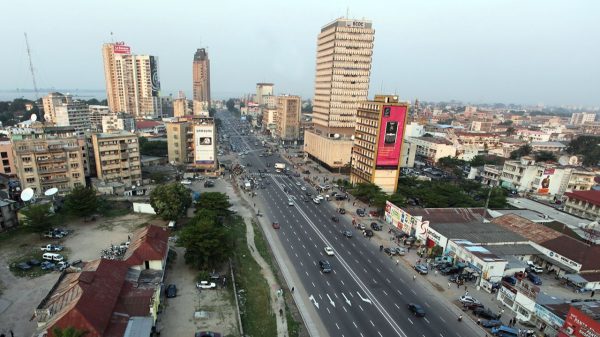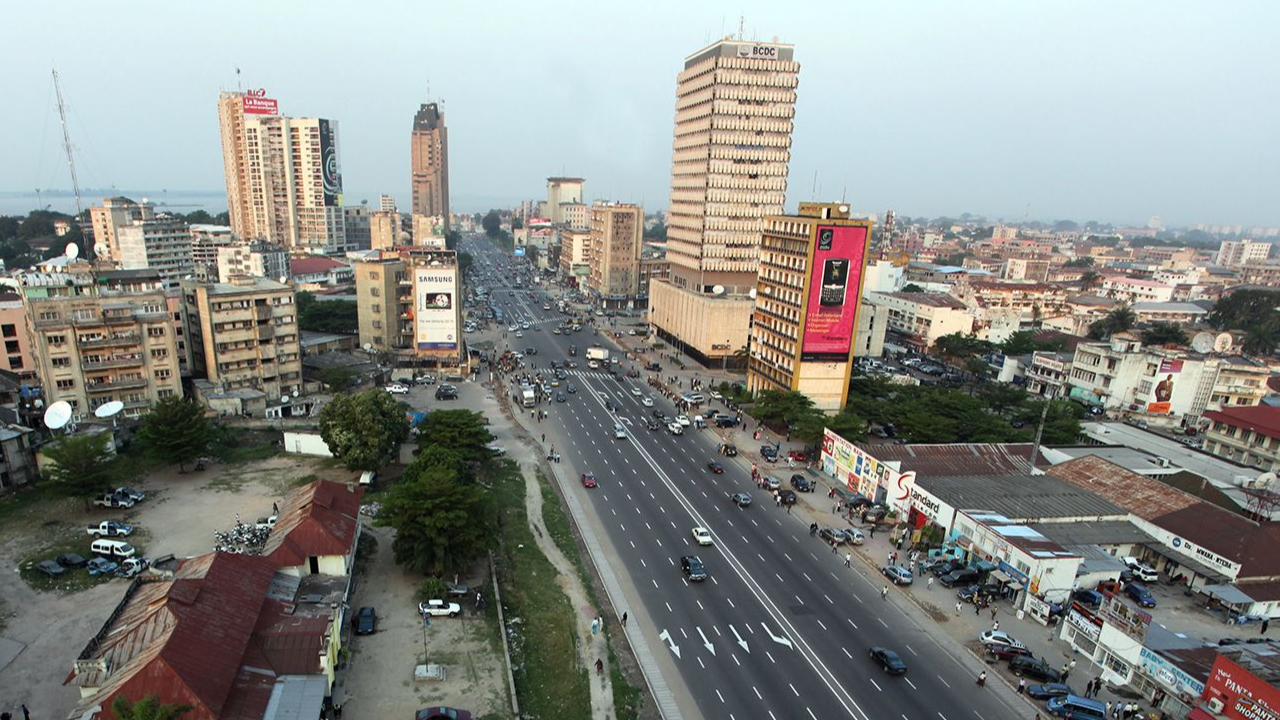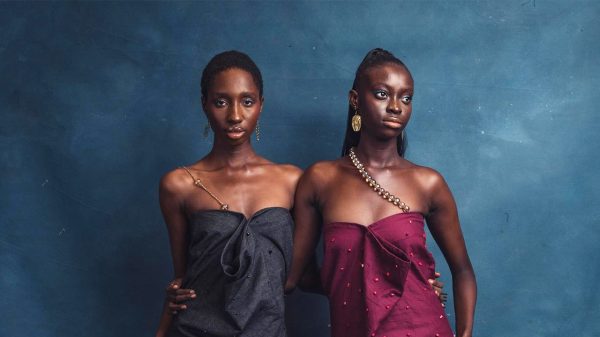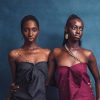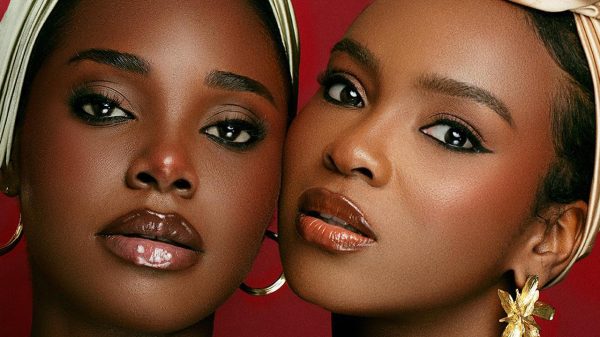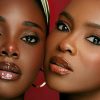The Democratic Republic of the Congo (DRC), a colossal nation in the heart of Africa, pulsates with a vibrant yet complex history and culture.
Often in the news for its challenges, the Democratic Republic of the Congo (DRC) is also a land of incredible natural wealth, linguistic diversity, and artistic expression. From being the second-largest country in Africa to harboring the world’s second-largest rainforest, the Democratic Republic of the Congo (DRC) boasts a unique identity shaped by its vastness and intricate past. Beyond the headlines, a wealth of fascinating facts paints a picture of resilience, cultural richness, and untapped potential.
Let’s delve into seven intriguing aspects that reveal the captivating character of the Democratic Republic of the Congo.
1. The Congo River: Africa’s Deepest and Second-Longest Waterway
The Congo River, stretching over 4,700 kilometers, is Africa’s second-longest river after the Nile. Remarkably, it is the world’s deepest river, with depths exceeding 220 meters (720 feet). This immense river traverses the Democratic Republic of the Congo (DRC), serving as a vital transportation route and supporting the livelihoods of millions. Its basin encompasses vast rainforests, making it a crucial ecological zone. The river’s unique characteristic of crossing the equator twice contributes to its diverse ecosystems. Historically, it has been central to trade and cultural exchange, and today, it continues to be indispensable for commerce, fishing, and transportation in the region.
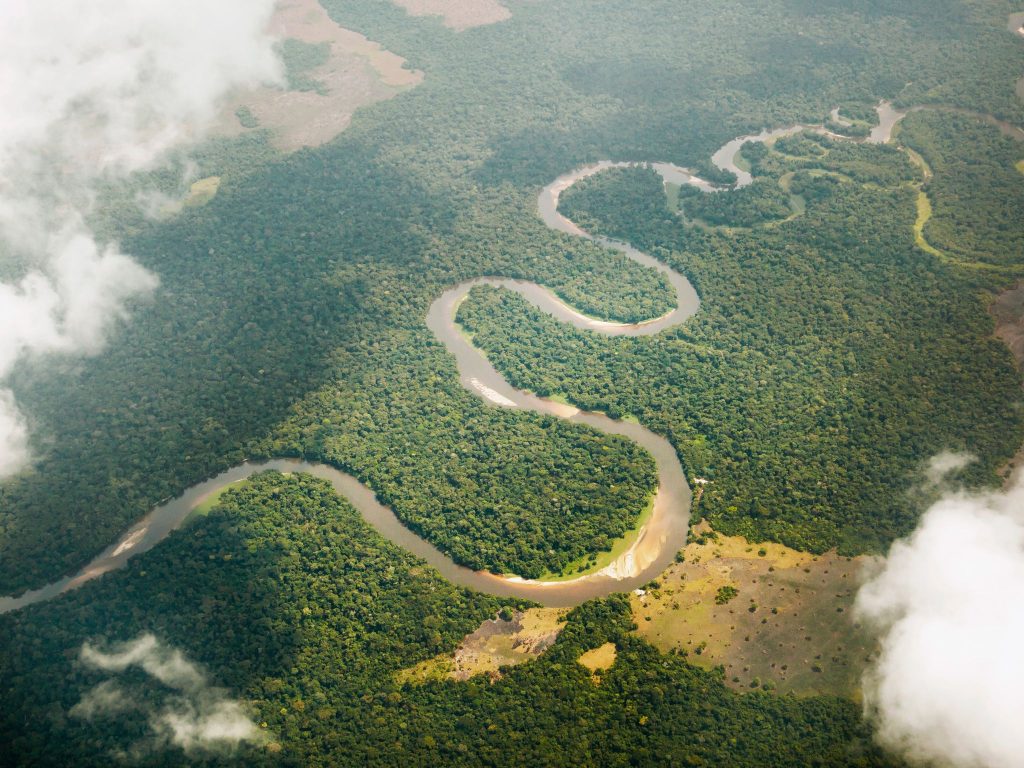
2. Virunga National Park: Africa’s Oldest and Most Biodiverse Protected Area
Established in 1925, Virunga National Park is Africa’s oldest national park and a UNESCO World Heritage Site. Spanning over 7,800 square kilometers, it boasts an unparalleled diversity of habitats, from savannas and swamps to active volcanoes and glaciers. The park is home to critically endangered mountain gorillas, chimpanzees, and over 700 bird species. Despite facing challenges like armed conflicts and poaching, dedicated conservation efforts have led to significant wildlife population recoveries. Innovative initiatives, such as community-based tourism and sustainable energy projects, aim to balance ecological preservation with local development.
3. The Okapi: The DRC’s Endemic “Forest Giraffe”
The okapi, often referred to as the “forest giraffe,” is a unique mammal endemic to the DRC’s dense rainforests. With a body resembling a horse and zebra-like striped legs, the okapi is a close relative of the giraffe. Discovered by Western scientists in the early 20th century, it remains elusive due to its solitary nature and remote habitat. The Okapi Wildlife Reserve, a UNESCO World Heritage Site, was established to protect this rare species and its environment. Conservation efforts focus on habitat preservation and anti-poaching measures, ensuring the okapi’s survival amid threats from deforestation and illegal hunting.
4. A Tapestry of Ethnic and Linguistic Diversity
The DRC is a mosaic of over 200 ethnic groups, each with its own language, traditions, and cultural practices. Major groups include the Luba, Kongo, and Mongo peoples. This rich diversity is reflected in the country’s linguistic landscape, with French as the official language and four national languages: Lingala, Swahili, Kikongo, and Tshiluba. Such diversity fosters a vibrant cultural scene, evident in music, dance, and art. However, it also presents challenges in governance and national unity, necessitating inclusive policies that respect and celebrate this multifaceted heritage.
5. A Nation Rich in Natural Resources
The Democratic Republic of the Congo (DRC) is endowed with vast mineral wealth, including significant reserves of cobalt, copper, diamonds, gold, and coltan. It holds over 70% of the world’s cobalt reserves, a critical component in rechargeable batteries for electronics and electric vehicles. Despite this abundance, the country faces challenges like illegal mining, environmental degradation, and conflicts fueled by resource exploitation. Efforts are underway to promote responsible mining practices and ensure that the nation’s natural wealth benefits its population through sustainable development and infrastructure improvements.
6. Home to Some of Africa’s Most Active Volcanoes
The Democratic Republic of the Congo’s eastern region is part of the geologically active East African Rift system, housing several active volcanoes. Notably, Mount Nyiragongo and Mount Nyamuragira are among the most active in Africa. Mount Nyiragongo is renowned for its persistent lava lake and has had devastating eruptions, including the 2002 event that destroyed parts of Goma. These volcanoes pose risks to nearby communities but also offer opportunities for scientific research and tourism. Monitoring and disaster preparedness are crucial to mitigate the impacts of potential eruptions.
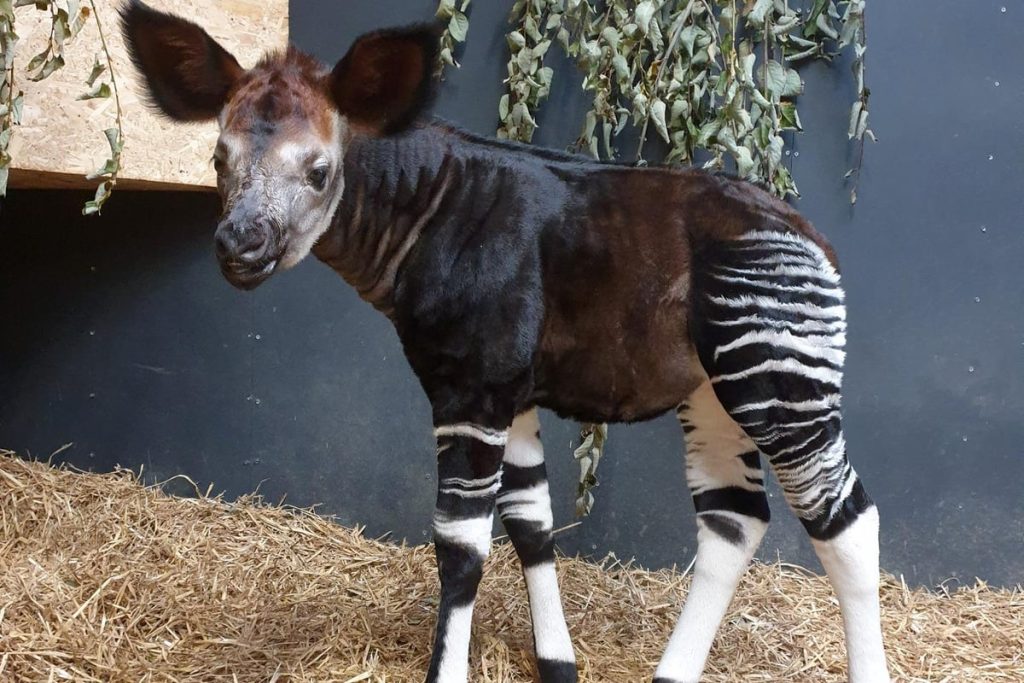
7. Kinshasa: A Vibrant Cultural and Linguistic Hub
Kinshasa, the capital of the DRC, is one of the largest French-speaking cities globally, second only to Paris. Situated along the Congo River, directly opposite Brazzaville, the capital of the Republic of the Congo, it serves as a central hub for politics, culture, and commerce. The city is renowned for its dynamic music scene, particularly genres like soukous and rumba, which have gained international acclaim. Kinshasa’s vibrant arts, fashion, and nightlife reflect the country’s rich cultural tapestry, making it a focal point for both national identity and international cultural exchange.
Subscribe to our Newsletter
Stay updated with the latest trends in African Pop Culture!

